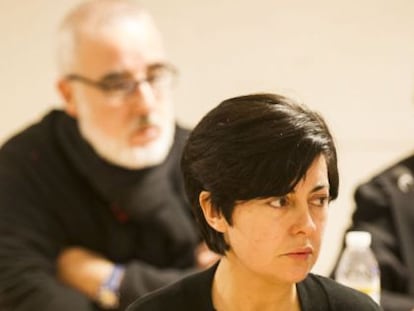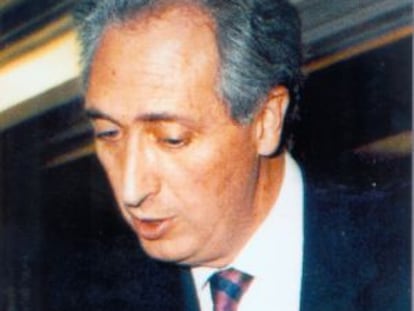Advances in DNA analysis help Spanish police solve old crimes
A legal loophole allows greater scope in turning genetic samples into leads that help nail suspects
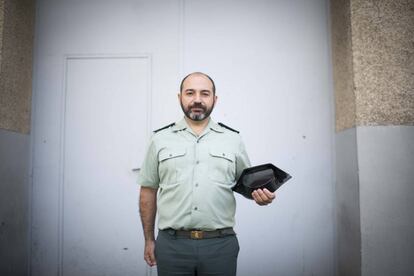
The lifeless body of 15-year-old Inmaculada Arteaga turned up on March 18, 2001, at the foot of a windmill on the fringes of Campo de Criptana, in Spain’s Cuidad Real province. The body was partially undressed and her face had been beaten beyond recognition. Detectives, however, found no trace of semen or other conclusive evidence. Three years later, the investigation was shelved. Nobody seemed to know anything.
The biologist Antonio Alonso explains that due to the lack of evidence, in 2004 the police asked the National Toxicology and Forensic Science Institute for a thorough analysis of some of Inmaculada’s clothes. Alonso’s team then achieved what had previously been considered impossible: they detected microscopic traces of a man’s saliva on the shirt and bra of the girl. The scientists got to work. The DNA analysis showed that the Y chromosome that passes from fathers to their male offspring was very similar to that of another man in Inmaculada’s close circle from whom samples had been taken. His surname was Muñoz-Quirós.
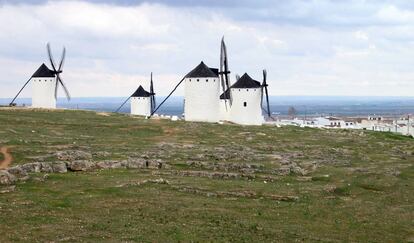
“The police then resorted to the Campo de Criptana local census and selected males with the same surname,” says Alonso. All the Muñoz-Quirós in the town of 14,000 inhabitants were asked for a voluntary sample of DNA, and this finally led them to the culprit. The saliva from the girl’s clothes belonged to Santiago Muñoz-Quirós, a bricklayer who was 19 when he committed the crime to which he subsequently confessed.
The identification of suspects via their relatives is now at the center of a heated debate in the genetic forensic community due to its legal and ethical implications. In the US, the controversy became more intense when, on April 26 of this year, the FBI arrested the so-called Golden State Killer, Joseph James DeAngelo, accused of 45 rapes and 13 murders between 1975 and 1986, after generating a profile from a genealogy site that allows people to feed in their DNA to investigate their own origins or find family members. After an investigation that dragged on for 40 years, one of the detectives decided to feed the genetic sample found at the scene of the crimes into GED Match, which led them to DeAngelo. Sources at the Spanish National Police force and the Civil Guard said that this has never been done in Spain and questioned its legality.
The database continues to grow, sometimes with samples that had been forgotten for decades
The biologist Antonio Alonso is a significant figure in the world of DNA analysis in Spain, and his state-funded center is one of just six agencies across the country – the others being the Civil Guard, the National Police, and the Catalan, Basque and Navarre police forces (Mossos d’Esquadra, Ertzaintza and Policía Foral de Navarra) – that may consult the National Database of DNA Profiles, which contains around 400,000 samples obtained from criminal investigations.
The archive continues to grow, sometimes with samples that had been forgotten for decades. The Civil Guard is still celebrating the closing of the Publio Cordón case, which took more than 20 years to solve. Cordón, founder of the Quirón hospital group, was kidnapped by the leftist terrorist organization GRAPO on June 27, 1995, when he was out walking his dogs in Zaragoza. His body was never recovered, but two decades after his disappearance, experts from the Civil Guard followed up on a genetic clue.

The terrorists tried to hold the family to ransom via regular post. Letters in ordinary “lick-to-seal” envelopes arrived at the Cordón home demanding 400 million pesetas (€2.4 million). The police had enough DNA from the saliva for a genetic profile. “It coincided with someone who had been arrested in France,” said Commander Victor Esteban. “And we were able to determine who was sealing the envelopes.” The person in question was María Victoria Gómez Méndez. She was sentenced to 30 years in prison last December.
The Cordón case was nothing out of the ordinary: investigators matched their DNA sample with a sample from the existing national database. But the recent advances in the realm of genetics open up possibilities not covered by current laws. “There is a certain legal vacuum concerning studies that can determine the color of hair and skin, eyes and the geographic origin of a person,” says Esteban. By analyzing DNA, investigators can now know, with a fair degree of accuracy, if the murderer was blond, white, blue-eyed, European or North African.
In the case of Eva Blanco, it was this kind of analysis that led police to her killer. On April 20, 1997, the 17-year-old was returning to the family home in Algete after spending the night in a club when she was raped and stabbed to death. The DNA from the semen did not coincide with any of the samples from the suspects, and the investigation ground to a standstill. But in 2014, the Civil Guard got in touch with the Ángel Carracedo laboratory at the University of Santiago de Compostela in an effort to establish the geographic origin of the murderer. The lab concluded that the owner of the DNA was probably North African.
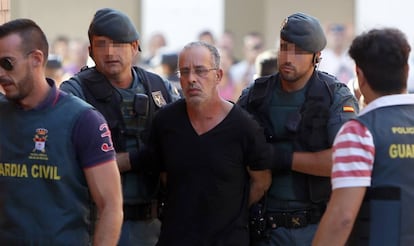
As in the Muñoz-Quirós case, the Civil Guard resorted to the local census and sought out all the North African males who were living in Algete in 1997 for a voluntary DNA sample. Two brothers had a similar genetic profile as the rapist. This led them to Ahmed Chelh, the third brother, who was now living in France. After his arrest in January 2016, he hung himself by his shoelaces inside Alcalá Meco prison in Madrid.
These kinds of investigations based on the DNA of relatives or of people from similar geographic backgrounds are still few and far between, according to Pedro Sogo, chief of the Central Analysis Forensic Unit. The 2007 law that regulates the police database stipulates that “only DNA profiles that exclusively reveal the identity of the offender – the same information as may be gleaned from a fingerprint – as well as the gender can be included. But under no circumstance may the genetic sequence allowing any other piece of information or genetic characteristic be revealed.”
“You can’t include the results in a database, but this doesn’t stop them from being analyzed,” says Óscar García from the Basque police force’s forensics department. His team is currently dealing with the case of a serial rapist at large in the Basque region. Some of the victims described their attacker as European while others believe he is North African. “We investigated his origins, the color of his hair, skin and eyes in collaboration with Santiago de Compostela University. The suspect is European. His skin is white, his eyes dark and his hair brown,” says García. “The case is still open.”

Legislation always takes time to catch up with the realities of investigation,” says Elena Rivas, head of the Scientific Police’s DNA laboratory. Scientists can currently determine with great precision whether a person is black (99%), brown-eyed (95%) blue-eyed (94%) or red-haired (93%). With the collaboration of Ángel Carracedo and Antonio Alonso, a European project worth €5 million is now looking for genetic markers that will allow investigators to create a perfect profile of a suspect from the DNA found at the scene of the crime. The age is less easy to determine. “We have applied current methods to identical twins to calculate age, and there was a variation of up to 15 years,” says Marian Martínez de Pancorbo, a professor of cell biology at the University of the Basque Country.
“DNA is not foolproof,” says Alonso. “Everybody carries the DNA of the people they live with besides their own. If I shake your hand, I transfer my cells to you and you transfer yours to me. If I then touch a surface, I can leave your cells on it.”
The state’s security forces are not infallible either. In the case of Asunta Basterra Porto, whose adoptive parents have been convicted of her murder, there was a third suspect – a Colombian man whose semen appeared on the young girl’s shirt. Judge José Antonio Vázquez Taín concluded that the clothes were cut in the Civil Guard’s forensics laboratory with the same scissors used to cut a condom in another, unrelated case. The police have always denied this mistake. The Colombian man had an alibi and was acquitted.
English version by Heather Galloway.

